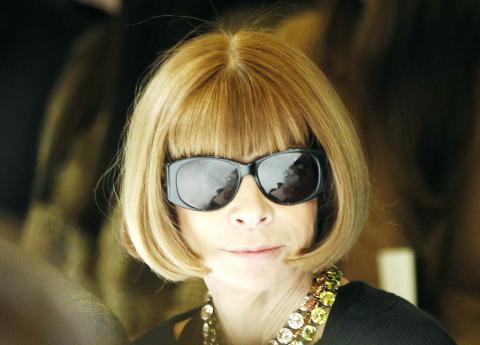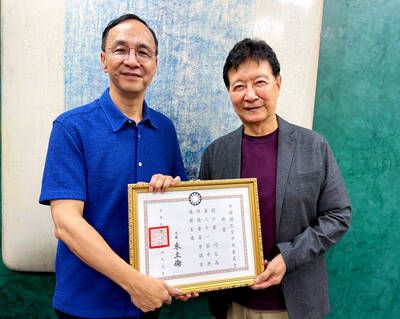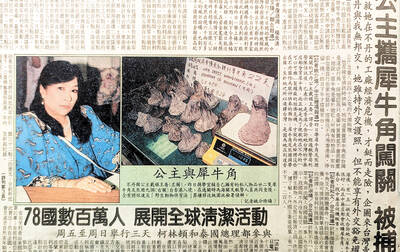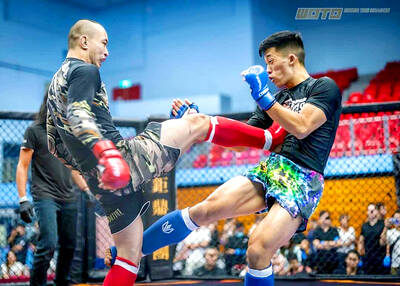There can’t be many connections between Lady Gaga, Andy Warhol, the cows on yogurt adverts and Father Christmas. But here’s one: they’ve all been spotted wearing sunglasses and analyzed by Vanessa Brown, senior lecturer in design and visual culture at Nottingham Trent University, England, as part of her theory into the “coolness” of shades and why we wear them. It’s not, she can report, just to keep the sun out of our eyes.
A trip to the supermarket was the inspiration for Brown’s research. “On the way home after decorating my new flat, I stopped at a supermarket to buy a pint of milk,” she says. “I was wearing old painting clothes and was generally a bit of a state, so as I left the car I grabbed my sunglasses from the dashboard. But when I approached the store I caught sight of myself reflected in the glass facade, and realized I looked quite cool.
“Whether I did or not is obviously debatable, but it struck me how odd it was that the mere addition of one accessory could transform my perception of myself.”

Photo: Reuters
Brown has always been interested in the meanings of objects and their cultural values — she has previously studied Tupperware and the idea of the housewife — so “sunglasses seemed like an ideal next project,” she says.
With the help of the British Optical Association and the curator of its museum, Brown began searching through thousands of images, adverts, films, fashion photographs, documentary photographs and optical industry journals to investigate the symbolism of shades. “I found that sunglasses were always strongly associated with the glamour and power of modern technology, control of emotion, control of the body and control of interactions with others,” says Brown.
She then started to analyze the link between the wearing of sunglasses and the broader phenomenon of “what it is to be cool.” Brown, who is 40, explains: “Sunglasses are appealing because they connote coolness, which is used to sell almost everything.” That was obvious from the sunglass-wearing cows in the yogurt ad. “Some other researchers say coolness is emerging as the highest value in Western society,” she adds. “This can be seen as a very worrying and profoundly antisocial shift, as cool characters display lack of concern for others, lack of respect for authority or social convention, and a focus on style above all else.”
However, Brown’s research suggests that cool, sunglass-wearing heroes and villains are not so worrying. The shades represent their composure, their “self-possession in the face of seemingly overwhelming forces,” she explains. “This resonates with experiences many of us share — we’re increasingly alienated from work, each other and the natural world, increasingly aware of financial, medical, environmental risk and increasingly faced with identity choices. By shading the eyes, we can appear detached from the chaos, either frankly unbothered by, or utterly on top of, the frantic pace of technology and fashion.
“Sunglasses, by covering those vulnerable eyes and implying that connection with sleek engineering and glossy surfaces, make it easier to pull off a truly cool demeanor.” Brown says her research has highlighted the proliferation of sunglasses in DVD covers, music videos, fashion images and adverts. “There are thousands of examples of sunglasses being used in visual culture as a key prop,” she says.
“Increasingly, images of shaded eyes are used to sell products by suggesting power and prestige. They are perfect visual copy, suggesting mystique and self-possession as well as the glamour of being immersed in light.”
Lady Gaga, says Brown, uses sunglasses to suggest her chameleon, avant-garde identity. She also points out that people buy sunglasses for their avatars to wear in the online game Second Life — where there is no sun. “They experience their idealized, more glamorous identity in Second Life from behind another glass barrier which hides the ‘real’ them — their computer screen,” Brown explains. “My research demonstrates how many challenging aspects of modern life are negotiable through the shading of the eye.”
Back in the real world, other sunglass-wearers that came under Brown’s scrutiny include the jazz musician Miles Davis, “who decided to wear shades to avoid eye contact with racists and squares,” and Andy Warhol who, Brown says, used sunglasses “as a means of glamorous detachment.”
As for the fashionista, often shrouded in big sunglasses a la Vogue editor Anna Wintour, Brown says this represents disdain for others and being “unmoved” by the latest shocking model to strut down the catwalk. “Sunglasses also reflect light — which itself has been a metaphor for modernity, as in ‘enlightenment,’” she adds. “But that reflecting light also represents the success of modern celebrity and glamour — either flashbulbs, studio lights or the sun of exotic holidays.”
Brown dismisses criticism that the value of her research on sunglasses could be questioned. “The study of fashion and popular culture is always open to question because it appears to address the less serious issues of life,” she says. “But my dedication to studying popular cultural images and objects comes from a conviction that the things that people do ‘without thinking’ are the most telling about their fears, desires, motivations and concerns.”

Last week the story of the giant illegal crater dug in Kaohsiung’s Meinong District (美濃) emerged into the public consciousness. The site was used for sand and gravel extraction, and then filled with construction waste. Locals referred to it sardonically as the “Meinong Grand Canyon,” according to media reports, because it was 2 hectares in length and 10 meters deep. The land involved included both state-owned and local farm land. Local media said that the site had generated NT$300 million in profits, against fines of a few million and the loss of some excavators. OFFICIAL CORRUPTION? The site had been seized

Next week, candidates will officially register to run for chair of the Chinese Nationalist Party (KMT). By the end of Friday, we will know who has registered for the Oct. 18 election. The number of declared candidates has been fluctuating daily. Some candidates registering may be disqualified, so the final list may be in flux for weeks. The list of likely candidates ranges from deep blue to deeper blue to deepest blue, bordering on red (pro-Chinese Communist Party, CCP). Unless current Chairman Eric Chu (朱立倫) can be convinced to run for re-election, the party looks likely to shift towards more hardline

Sept. 15 to Sept. 21 A Bhutanese princess caught at Taoyuan Airport with 22 rhino horns — worth about NT$31 million today — might have been just another curious front-page story. But the Sept. 17, 1993 incident came at a sensitive moment. Taiwan, dubbed “Die-wan” by the British conservationist group Environmental Investigation Agency (EIA), was under international fire for being a major hub for rhino horn. Just 10 days earlier, US secretary of the interior Bruce Babbitt had recommended sanctions against Taiwan for its “failure to end its participation in rhinoceros horn trade.” Even though Taiwan had restricted imports since 1985 and enacted

Enter the Dragon 13 will bring Taiwan’s first taste of Dirty Boxing Sunday at Taipei Gymnasium, one highlight of a mixed-rules card blending new formats with traditional MMA. The undercard starts at 10:30am, with the main card beginning at 4pm. Tickets are NT$1,200. Dirty Boxing is a US-born ruleset popularized by fighters Mike Perry and Jon Jones as an alternative to boxing. The format has gained traction overseas, with its inaugural championship streamed free to millions on YouTube, Facebook and Instagram. Taiwan’s version allows punches and elbows with clinch striking, but bans kicks, knees and takedowns. The rules are stricter than the